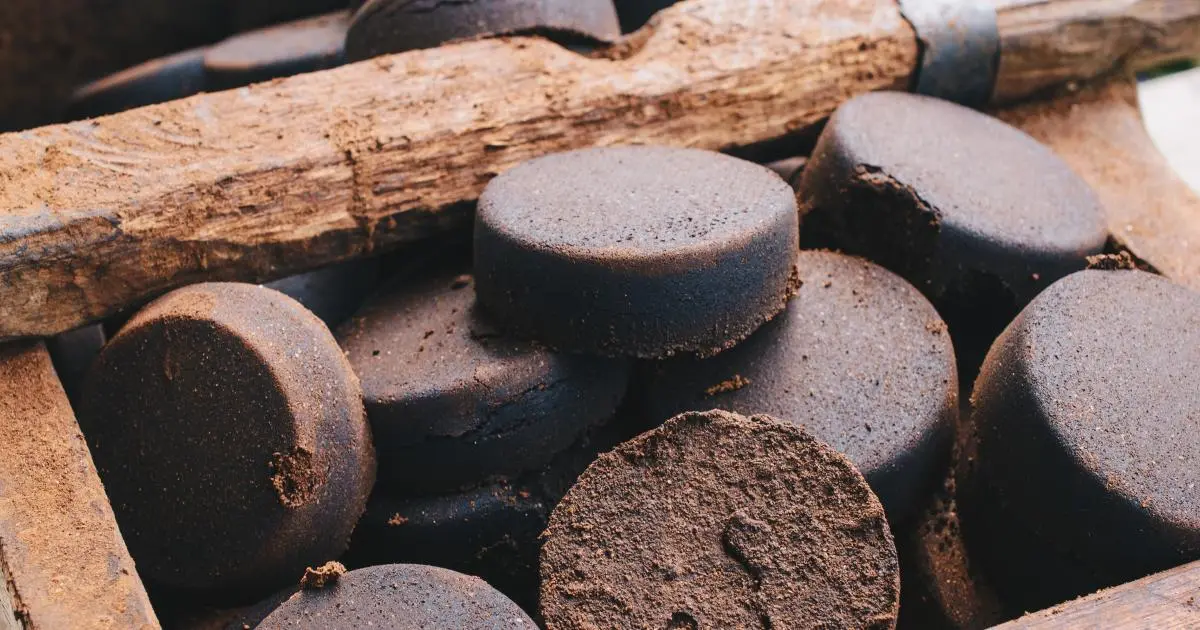- cross-posted to:
- [email protected]
- cross-posted to:
- [email protected]
Sharing this here because it looks applicable to solarpunk
- using Roman concrete as a starting point instead of modern concrete
- replacing a portion of the sand with coffee grounds (this article)
- replacing a portion of the cement with biochar
- using lime plaster for rendering and lime paint for finishing
each one an incremental change, but “a journey of a thousand miles begins with a single step”
deleted by creator
Is that the portion that has the pig blood in it?
are you referring to Suffolk pink?
No towards pig blood and animal fat being a part of the roman concrete which is actually superior to our modern variant.
I considered the blood requirement to be the reason why we aren’t using it now so if we can substitute it by sm else while maintaining most of its strength.
Suffolk pink is TIL for me, thanks. Seems body fluids really where an everyday resource for all kinds of things.
primary thing on the Roman concrete was the addition of ground limestone – any cracks or fractures would be “self-healed” by the limestone
I don’t know of blood or fat being used for the concrete, but for the lime wash – with application of soap, lime wash becomes waterproof, forming tadelakt
I think it was a few weeks ago that National Geographic was playing at my inlaws.
If i recall correctly the roman concrete that was recreated by the show had to harden in a vat of water after which it was more durable then modern concrete. The blood was spoken about like a mysterious secret ingredient… but that could have been just tv flair. The show after was about aliens.
Coffee, perks the road right up!
This is the best summary I could come up with:
At the same time, we generate about 10 billion kilograms of used coffee grounds over the same span — coffee grounds which a team of researchers from RMIT University in Australia have discovered can be used as a silica substitute in the concrete production process that, in the proper proportions, yields a significantly stronger chemical bond than sand alone.
“The disposal of organic waste poses an environmental challenge as it emits large amounts of greenhouse gases including methane and carbon dioxide, which contribute to climate change,” lead author of the study, Dr Rajeev Roychand of RMIT’s School of Engineering, said in a recent release.
He notes that Australia alone produces 75 million kilograms of used coffee grounds each year, most of which ends up in landfills.
In order to make the grounds more compatible, the team experimented with pyrolyzing the materials at 350 and 500 degrees C, then substituting them in for sand in 5, 10, 15 and 20 percentages (by volume) for standard concrete mixtures.
“The concrete industry has the potential to contribute significantly to increasing the recycling of organic waste such as used coffee,” added study co-author Dr Shannon Kilmartin-Lynch, a Vice-Chancellor’s Indigenous Postdoctoral Research Fellow at RMIT.
"Our research is in the early stages, but these exciting findings offer an innovative way to greatly reduce the amount of organic waste that goes to landfill,” where its decomposition would generate large amounts of methane, a greenhouse gas 21 times more potent than carbon dioxide.
The original article contains 381 words, the summary contains 246 words. Saved 35%. I’m a bot and I’m open source!
It’s strength depends on good crema.
My city could use some espresso bus lanes.
I wonder if it has an initial smell. Probably not great if it does since they’re charring the coffee grounds before using them.
I guess after pyrolyzing with 350, there’s not much smell left to the coffee.







